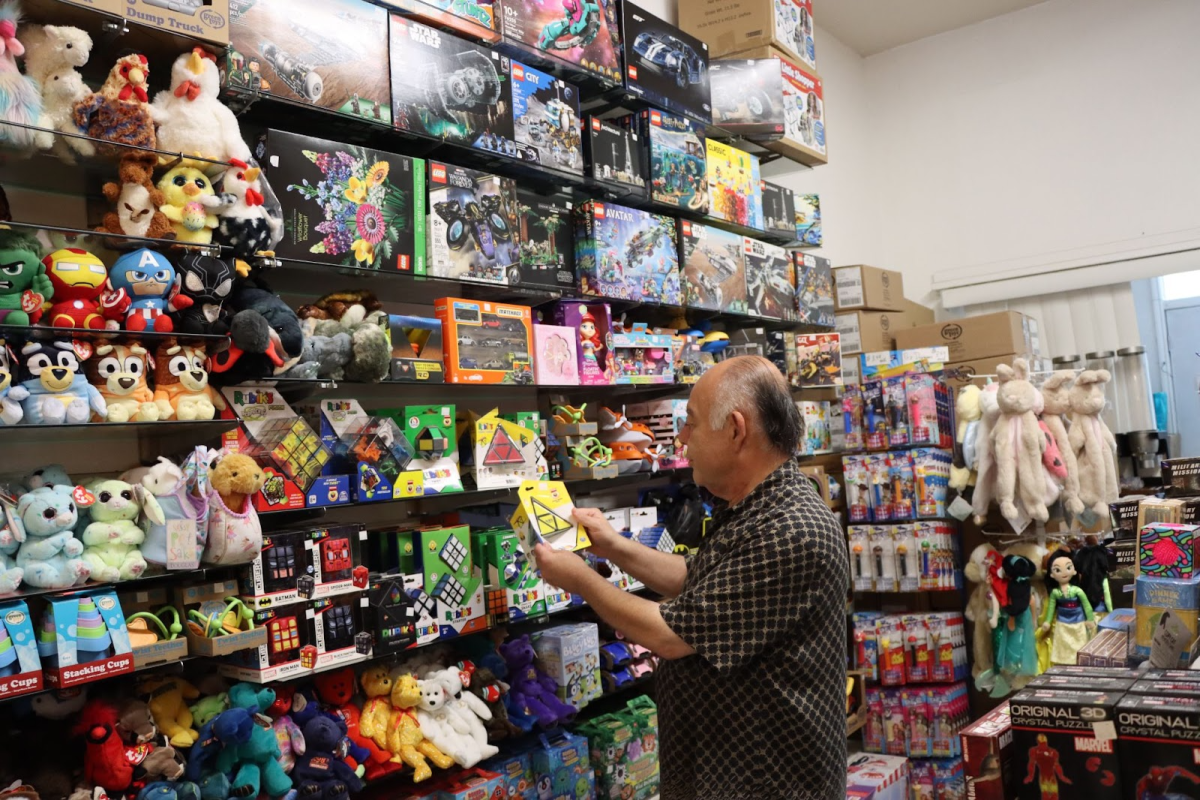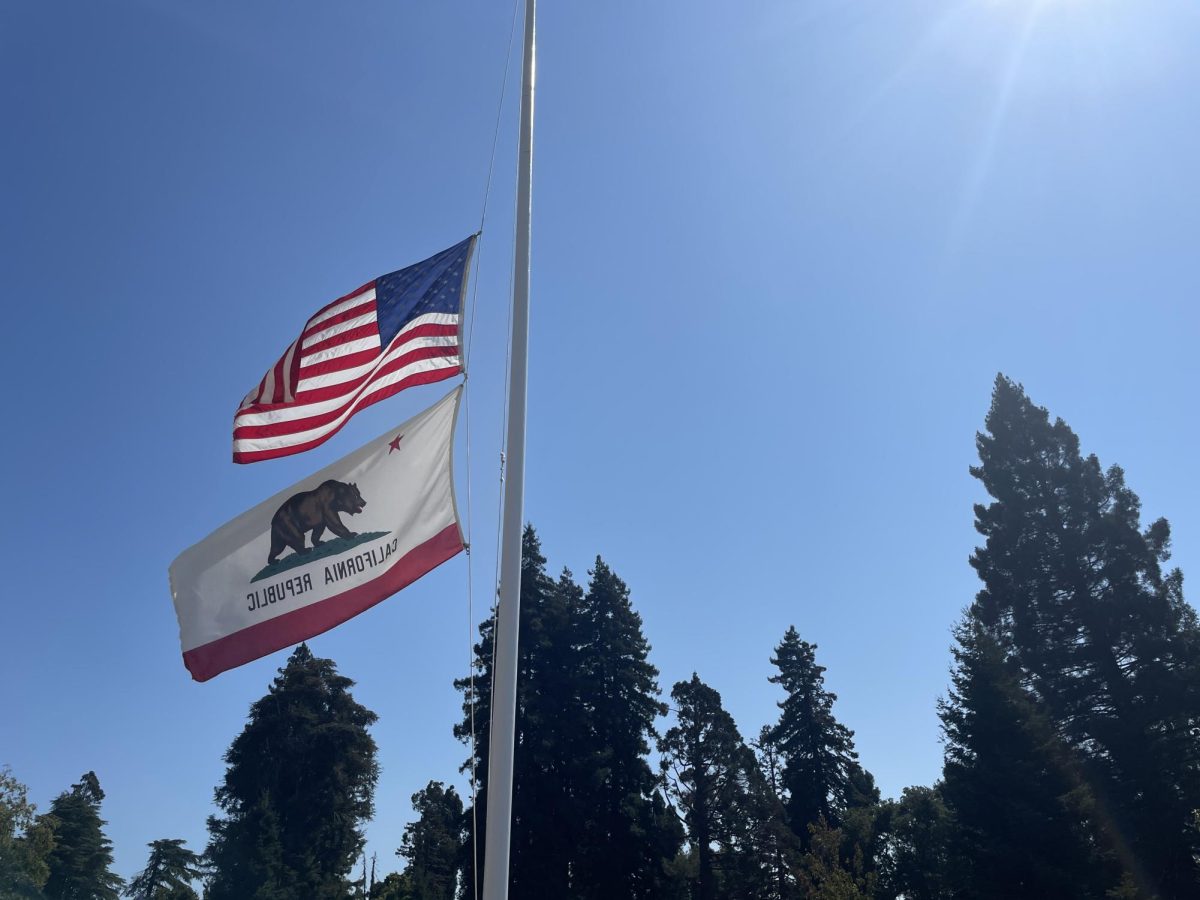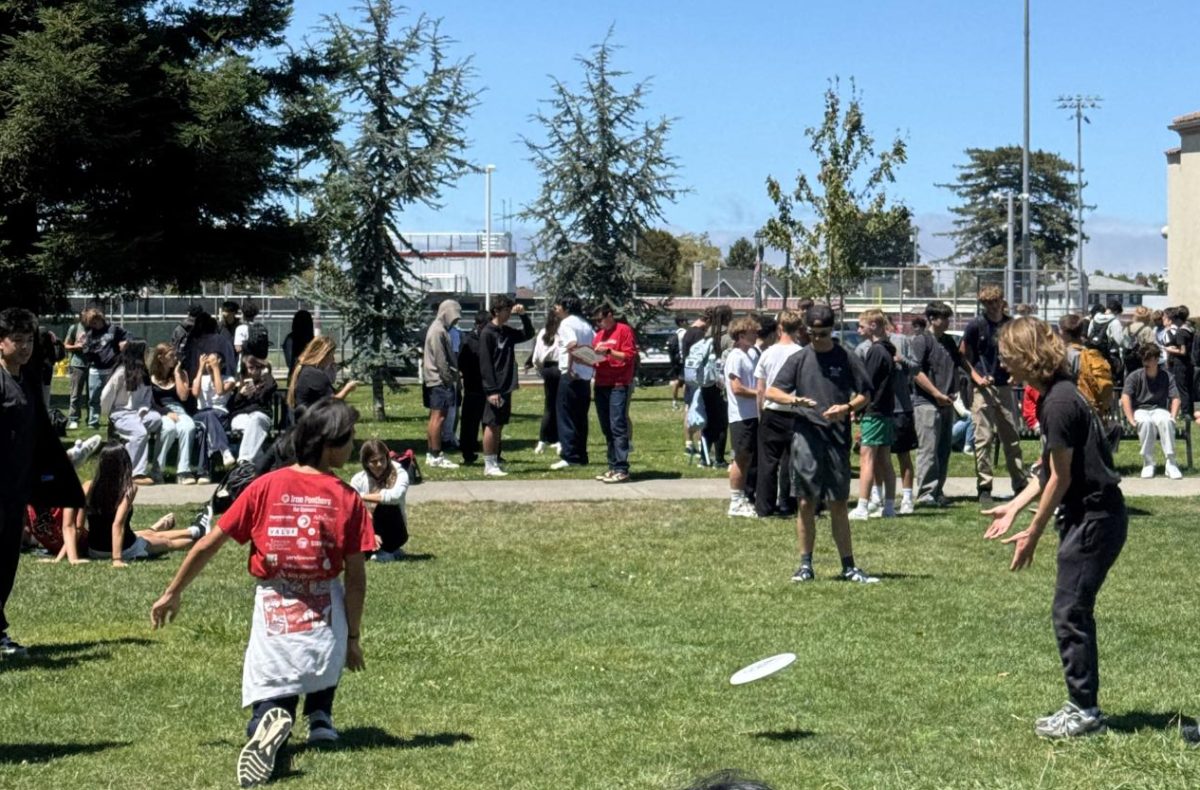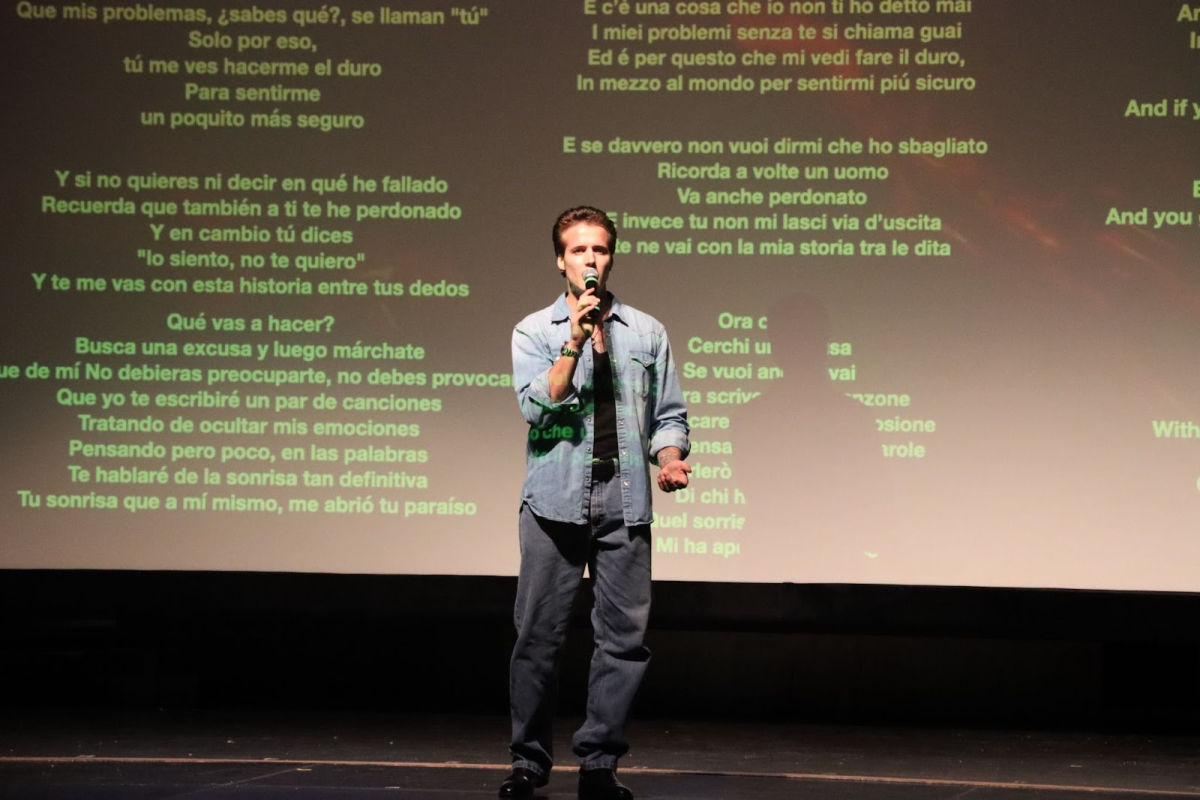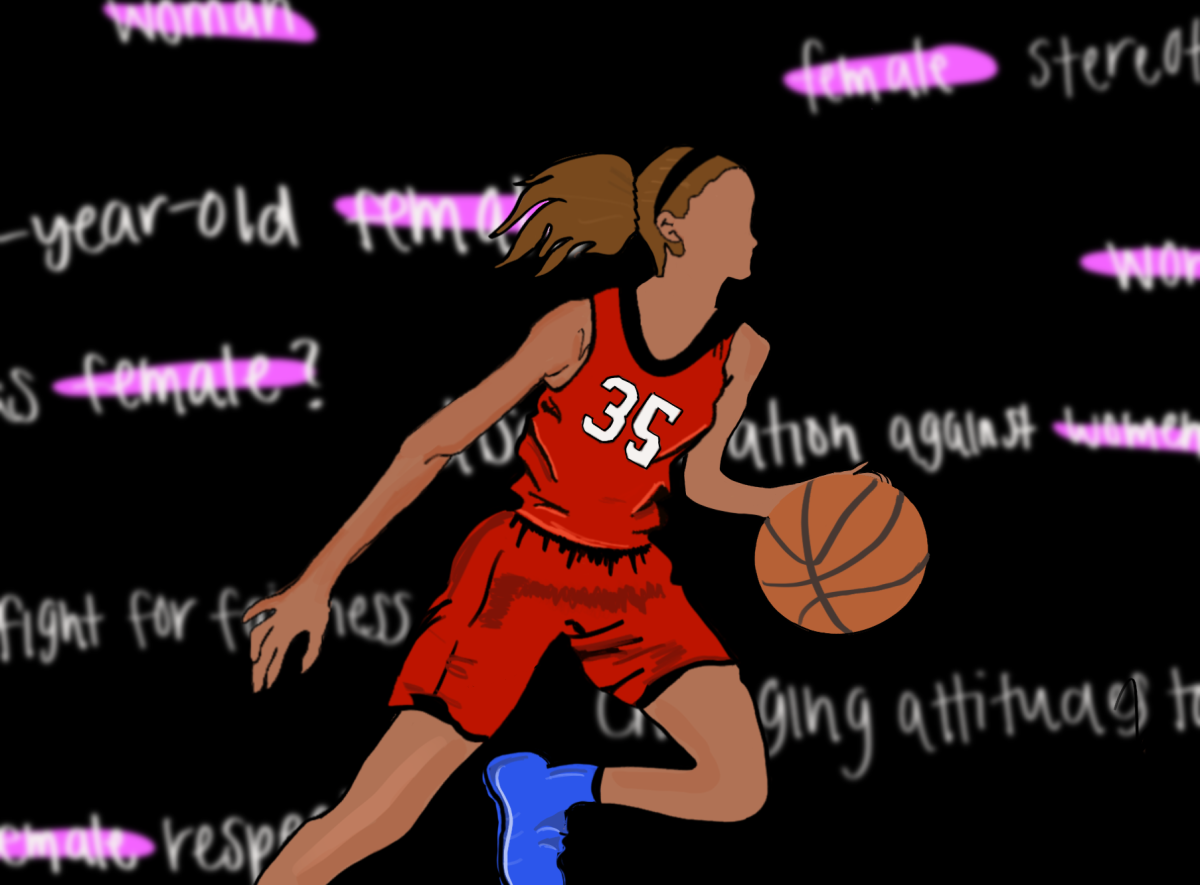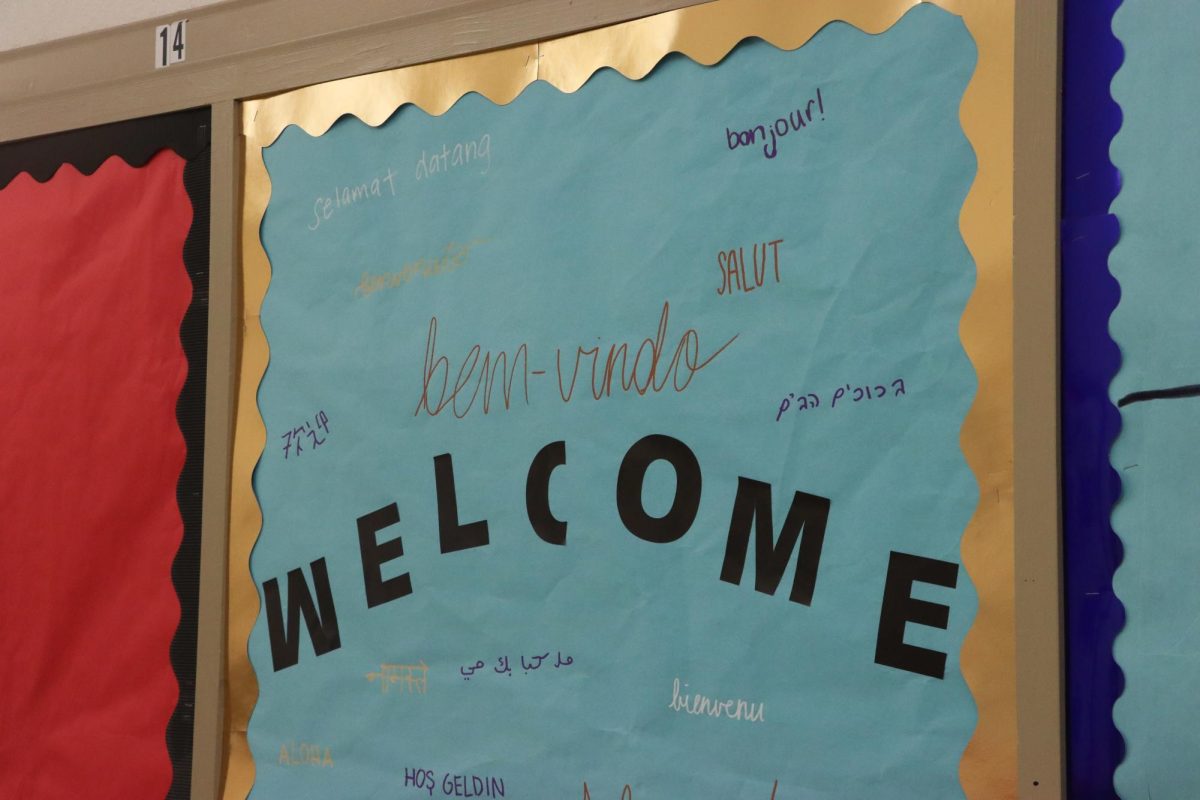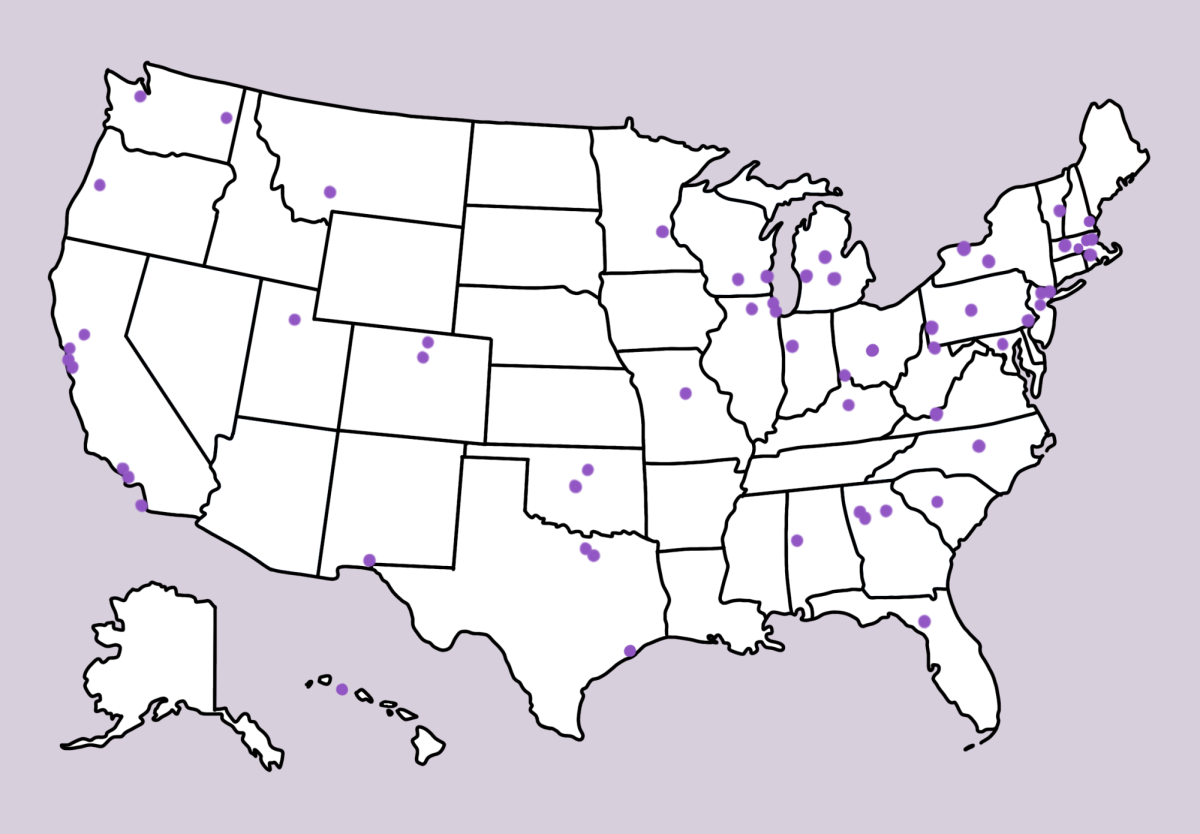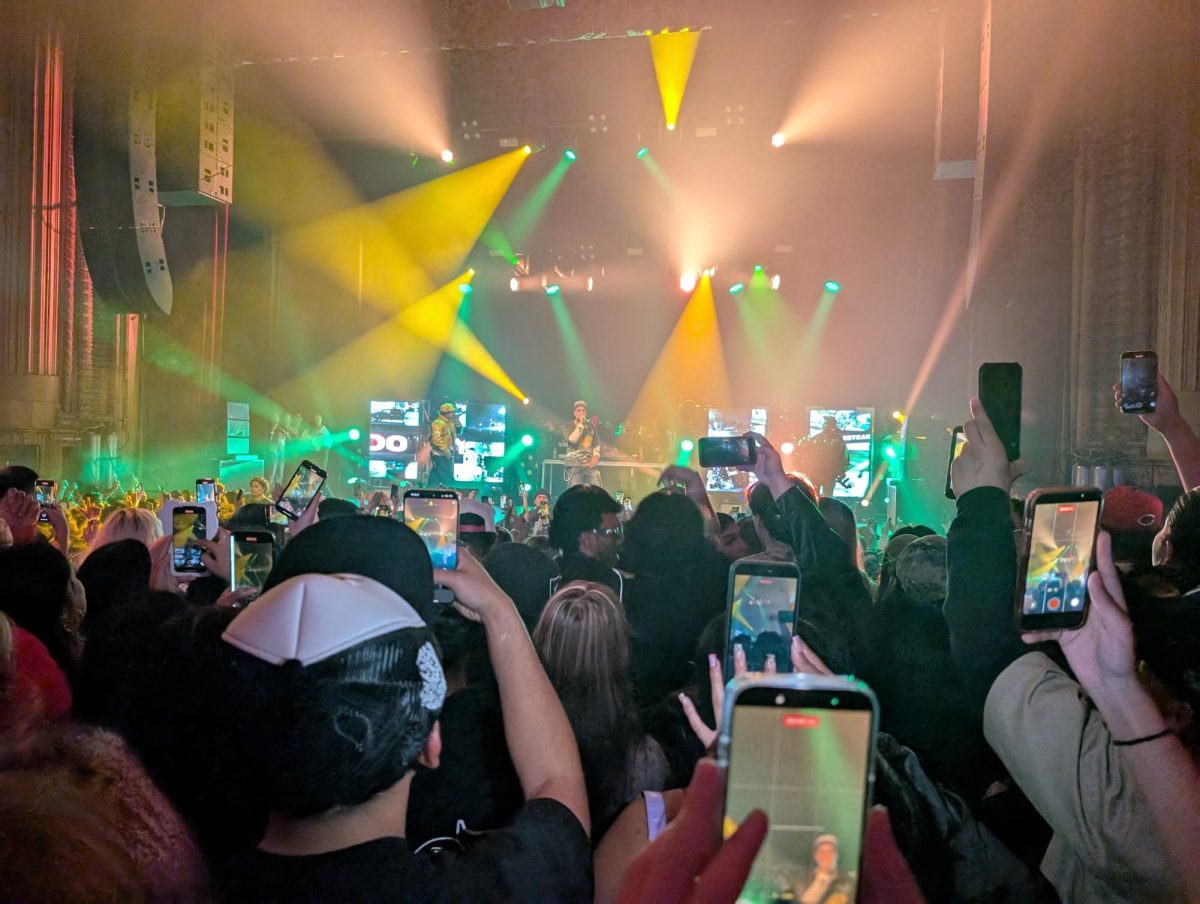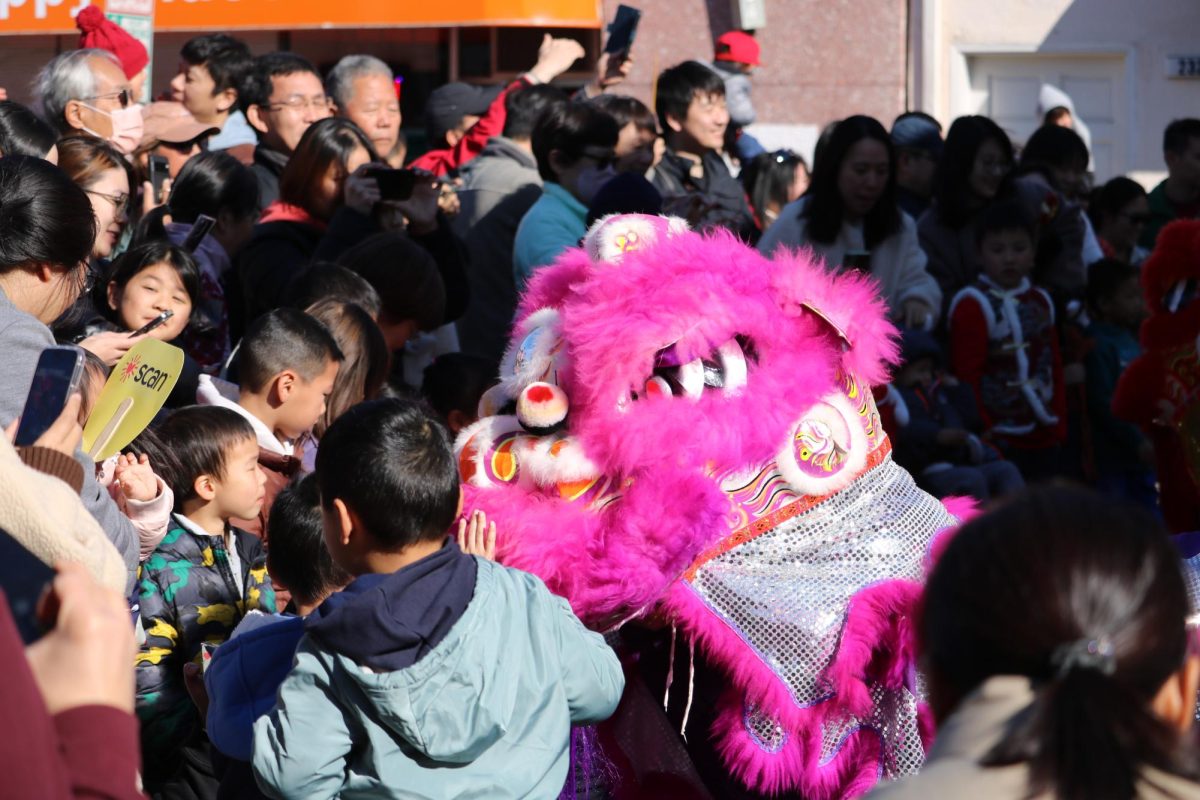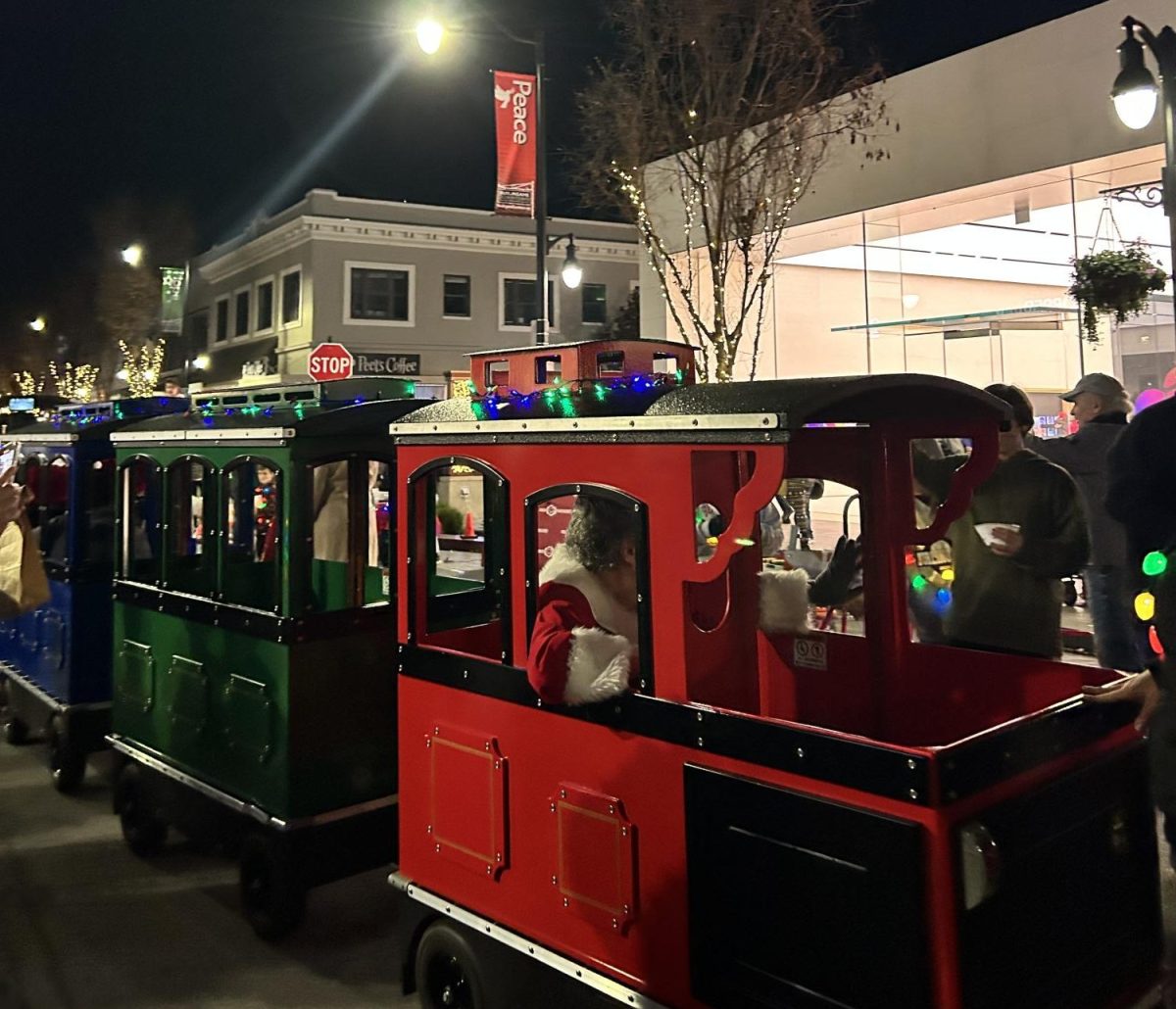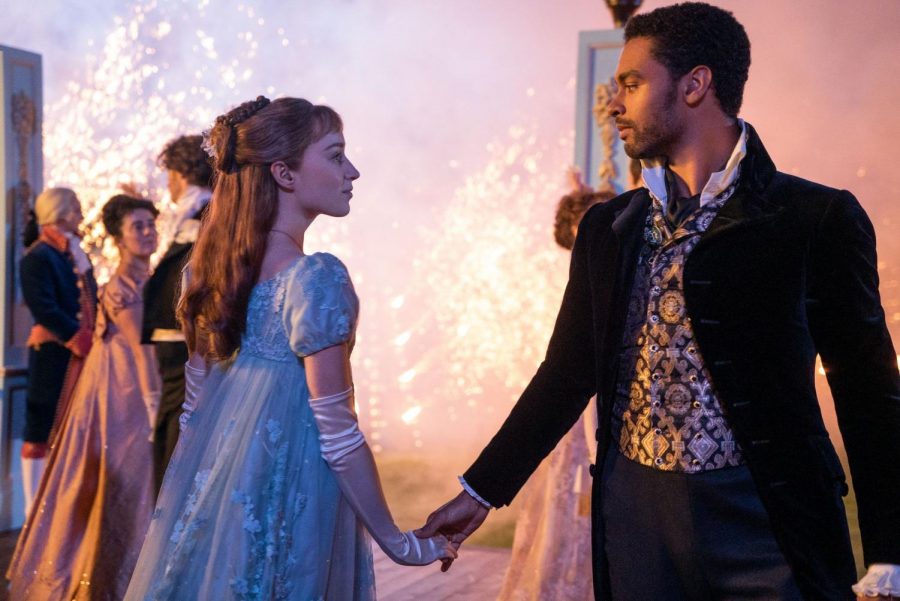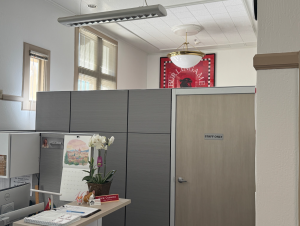“Bridgerton” is a cliche teen drama with a high price tag
“Bridgerton” was released on December 25, 2020 and has gained more points from the Top 10 charts than any other Netflix series this season.
February 8, 2021
On Christmas Day, Netflix users all over the world received a gift: “Bridgerton.” Netflix’s “Bridgerton” is based on the popular book series of the same name by Julia Quinn. Set during the Regency Era in England, “Bridgerton” is about two different families who host parties to introduce their children into high society and find them eligible suitors for marriage. Though there are many period dramas set in the same era, “Bridgerton” is unique in its extravagant set and costume designs, incorporates modern elements, and it features Black, Indigenous and people of color (BIPOC) characters.
“Bridgerton” was not shy with its stunning cinematography. Most of the series was filmed in London, Bath, or York. There were many scenes shot in botanical gardens, large estates and even on the streets, and almost each scene outdoors had gorgeous flowers looming over the characters. The color palette of the scenery was well-chosen; each scene was filled with vibrancy and elegance to mirror the characters’ extravagance and wealth. The sets were also true to the show’s time period, and the Bridgerton and Featherington houses — two of the main families that the show focuses on — were designed with painstaking detail.
“Bridgerton” incorporates modern elements into its historical setting, using instrumental pop songs as ballroom music. It was a small detail, but the viewers were able to connect with the scenes with more relatable music, and the music selection set it apart from the other period dramas set during that era. The addition of a BIPOC cast also makes the show more modern. Marina Thompson (Ruby Barker), Simon Hastings (Regé-Jean Page) and Queen Charlotte (Golda Rosheuvel) are all characters of African descent (although many historians believe that the actual Queen Charlotte was England’s first mixed-race royal). Compared to other historical shows where Black characters often play servants or lower-class characters, “Bridgerton” makes these characters desired by suitors and highly respected in society. Although the portrayal of these characters is not realistic to the time period, “Bridgerton” creates a world that works in its favor, as it emphasizes the importance of representation in media today.
Unfortunately, the physical beauty of the drama was overshadowed by overdone and predictable tropes between the main characters.
Protagonist Daphne Bridgerton (Phoebe Dynevor) has many men vying for her attention. She is the ideal woman: pristine, innocent and elegant. The male lead, Simon Hastings, the Duke of Hastings, is a bit of a flirt and has experienced childhood trauma, but he is also genuine and kind beneath his walls. Of course, Simon and Daphne formulate a fake relationship to both of their benefits, but they end up falling in love. There are hurdles that distract them, but they traverse them together and end up with a happy ending. As I watched this, I couldn’t help but relate their love story to that in every other teenage drama I’ve seen. Not only is the fake relationship trope overdone, but the ‘perfect girl falls in love with the damaged bad-boy, and she is the only one who can fix him’ trope is boring. The damaged bad-boy has a secret, and once it is revealed, the female lead still accepts him because he is willing to change for her. The potential of the show was soon overtaken by the predictability of the characters as it went on.
Adding to the drama, anonymous journalist Lady Whistledown publishes and spreads seething gossip throughout the city. She wreaks havoc by spreading dating rumors, which end up being the talk of the town. Penelope Featherington (Nicola Coughlan) and Eloise Bridgerton (Claudia Jessie) set out on a mission to uncover Lady Whistledown’s true identity, which was a weak attempt to give the side characters their own storylines, as it never added to the plot development. It is later revealed that Penelope Featherington, the youngest and meekest of the Featheringtons, is Lady Whistledown. This ‘anonymous writer’ trope was an original idea in 2007 when “Gossip Girl” was released, but the idea that the watchers must guess Lady Whistledown’s true identity became cheesy and unoriginal. Even worse, the characters completely centered their social images around Lady Whistledown’s hit pieces, giving even more unnecessary significance to her character.
The show seemed to spend its $100 million budget on its sets, costume design, and cinematography, but it fell short on the script and overall plot. Other than its budget, none of “Bridgerton”’s actual content separates it from popular teen dramas such as “The Vampire Diaries” and “Gossip Girl.” So do not expect anything more than a teen drama with a high price tag from “Bridgerton.”



